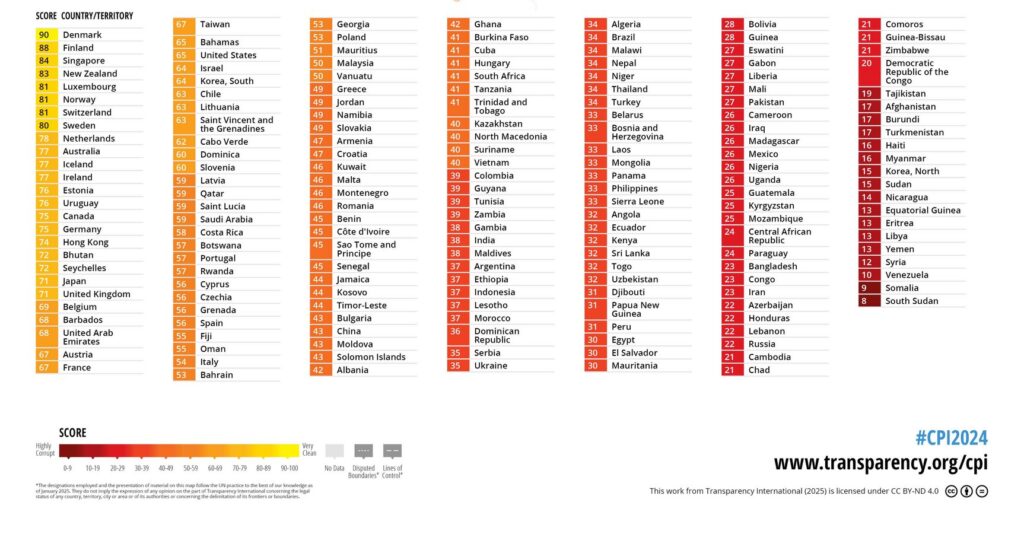
Introduction
The Consumer Price Index (CPI) is a crucial measure that tracks the average change over time in the prices paid by consumers for goods and services. Understanding CPI is essential as it serves as a key economic indicator, providing insights into inflation trends and the overall health of the economy. As Canada grapples with fluctuating prices due to pandemic recovery and global economic pressures, the CPI’s relevance remains paramount for policymakers, economists, and the general public.
Current CPI Trends in Canada
As of October 2023, Canada’s CPI recorded a year-over-year increase of 4.3%, marking a slight decline from previous months. This decrease in inflation is notable following a peak inflation rate of 8.1% observed in June 2022, primarily driven by soaring energy prices and supply chain disruptions. The latest statistics indicate that while inflation has eased, essential categories like food and shelter continue to see significant price increases, affecting Canadian households across the country.
Factors Influencing CPI
Several factors contribute to the calculation of the CPI in Canada, including market trends, government policy, and consumer behavior. The Bank of Canada, responsible for the nation’s monetary policy, aims to keep inflation within a target range of 1% to 3%. This is crucial for maintaining economic stability and consumer confidence. In recent months, the central bank’s decisions on interest rates have been influenced by CPI data, indicating a proactive stance toward managing inflation and fostering sustainable economic growth.
The Implications of CPI for Canadians
The CPI has far-reaching implications for Canadian consumers and businesses. For individuals, a rising CPI can erode purchasing power, making it difficult for families to maintain their standard of living. Businesses must also adapt to changing cost structures; rising input prices can lead to increased product prices, potentially resulting in reduced consumer demand. Moreover, the government utilizes CPI data in adjusting social benefits, wages, and retirement pensions, ensuring that aid keeps pace with inflationary pressures.
Conclusion
In conclusion, the Consumer Price Index plays a vital role in understanding the economic landscape of Canada. As inflationary pressures persist, the relevance of CPI data only increases, guiding crucial decisions for financial policies, wage negotiations, and household budgeting. Going forward, monitoring CPI trends will be essential for Canadians to navigate the evolving economic climate, highlighting the importance of staying informed about how price changes impact their daily lives.



